The compound having longest C−Cl bond is
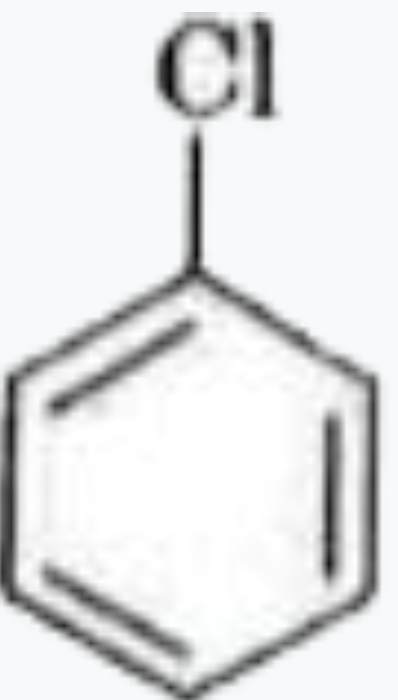
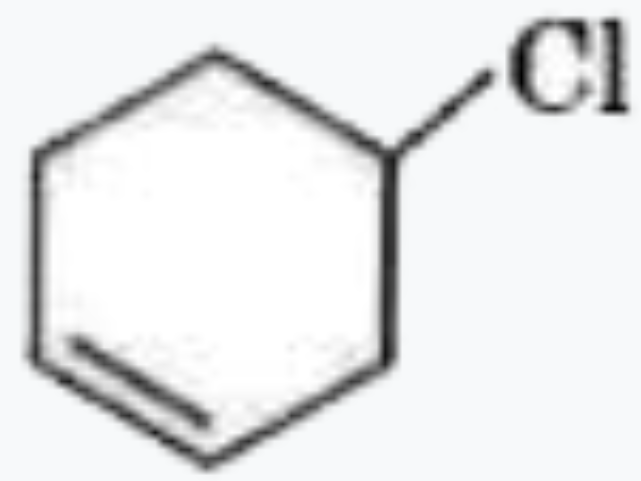
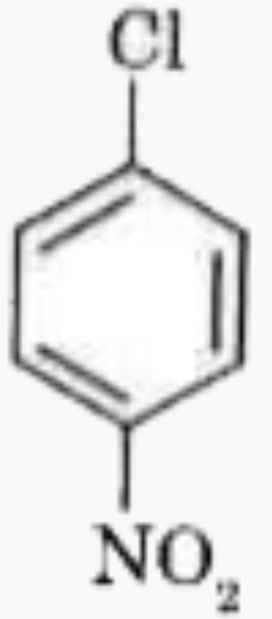

The correct Answer is:B
To determine which compound has the longest C-Cl bond, we need to analyze the effect of resonance and bond order in the given compounds. Here’s a step-by-step breakdown of the solution:
Step 1: Understand Bond Length and Bond Order
- The bond length is inversely proportional to the bond order. This means that as the bond order increases, the bond length decreases. Conversely, a lower bond order results in a longer bond length.
Step 2: Identify the Compounds
- We need to analyze the given compounds (not specified in the question but typically would include chlorobenzene, alkyl chlorides, etc.) to see which has resonance and how it affects the C-Cl bond.
Step 3: Analyze Resonance Effects
- Chlorobenzene: In chlorobenzene, the chlorine atom can participate in resonance with the benzene ring. This resonance leads to a partial double bond character in the C-Cl bond, increasing the bond order and thus decreasing the bond length.
- Alkyl Chlorides: In simple alkyl chlorides (like chloroethane), there is no resonance effect. The C-Cl bond retains its single bond character, resulting in a higher bond length compared to chlorobenzene.
Step 4: Compare the Compounds
- Chlorobenzene: Has resonance, leading to a shorter C-Cl bond.
- Alkyl Chlorides: Lack resonance, resulting in a longer C-Cl bond compared to chlorobenzene.
Step 5: Identify the Compound with the Longest C-Cl Bond
- Since alkyl chlorides do not have resonance and thus have a lower bond order compared to chlorobenzene, they will have the longest C-Cl bond. Among the alkyl chlorides, the one with the least steric hindrance or branching will have the longest bond.
Conclusion
- The compound with the longest C-Cl bond is likely to be an alkyl chloride (e.g., chloroethane) due to the absence of resonance.
- The bond length is inversely proportional to the bond order. This means that as the bond order increases, the bond length decreases. Conversely, a lower bond order results in a longer bond length.
- We need to analyze the given compounds (not specified in the question but typically would include chlorobenzene, alkyl chlorides, etc.) to see which has resonance and how it affects the C-Cl bond.
- Chlorobenzene: In chlorobenzene, the chlorine atom can participate in resonance with the benzene ring. This resonance leads to a partial double bond character in the C-Cl bond, increasing the bond order and thus decreasing the bond length.
- Alkyl Chlorides: In simple alkyl chlorides (like chloroethane), there is no resonance effect. The C-Cl bond retains its single bond character, resulting in a higher bond length compared to chlorobenzene.
- Chlorobenzene: Has resonance, leading to a shorter C-Cl bond.
- Alkyl Chlorides: Lack resonance, resulting in a longer C-Cl bond compared to chlorobenzene.
- Since alkyl chlorides do not have resonance and thus have a lower bond order compared to chlorobenzene, they will have the longest C-Cl bond. Among the alkyl chlorides, the one with the least steric hindrance or branching will have the longest bond.
- The compound with the longest C-Cl bond is likely to be an alkyl chloride (e.g., chloroethane) due to the absence of resonance.
Topper's Solved these Questions
- HALOALKANES AND HALOARENESBOOK - MODERN PUBLICATIONCHAPTER - HALOALKANES AND HALOARENESEXERCISE - C. MULTIPLE CHOICE QUESTIONS (with more than one correct answers)
10 Videos
- HALOALKANES AND HALOARENESBOOK - MODERN PUBLICATIONCHAPTER - HALOALKANES AND HALOARENESEXERCISE - D. MULTIPLE CHOICE QUESTIONS (based on the given passage / comprehension)
9 Videos
- HALOALKANES AND HALOARENESBOOK - MODERN PUBLICATIONCHAPTER - HALOALKANES AND HALOARENESEXERCISE - A. MULTIPLE CHOICE QUESTIONS (with only one correct answer)
35 Videos
- GENERAL PRINCIPLES AND PROCESSES OF ISOLATION OF ELEMENTSBOOK - MODERN PUBLICATIONCHAPTER - GENERAL PRINCIPLES AND PROCESSES OF ISOLATION OF ELEMENTSEXERCISE - COMPETION FILE (Integer Type Numerical Value Type Questions)
5 Videos
- ORGANIC COMPOUNDS CONTAINING NITROGEN BOOK - MODERN PUBLICATIONCHAPTER - ORGANIC COMPOUNDS CONTAINING NITROGEN EXERCISE - UNIT PRACTICE TEST
5 Videos
Similar Questions
Knowledge Check
Which of the following has strongest C-Cl bond ?
AC6H5−ClBCH3−ClC(CH3)3C−ClD(CH3)3CH−ClWhich of the following has longest C-O bond
A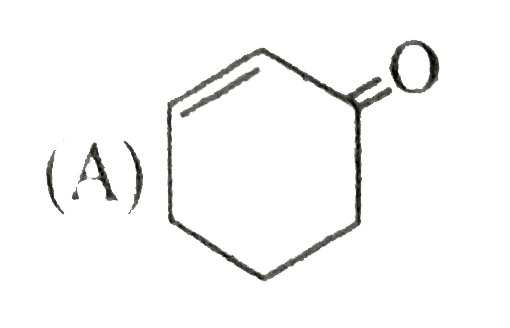 B
B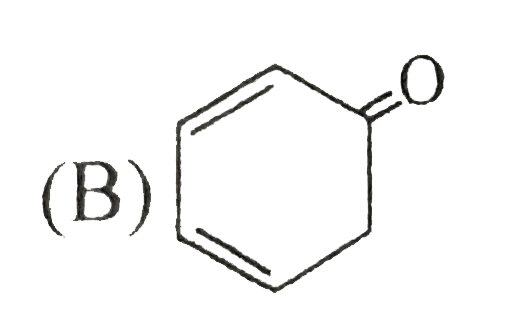 C
C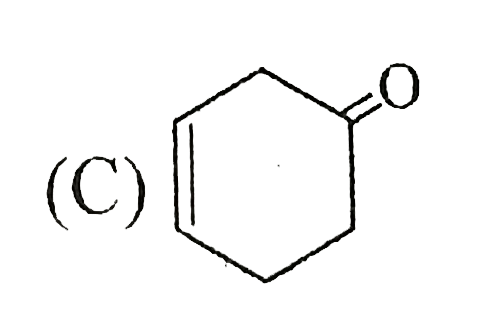 D
D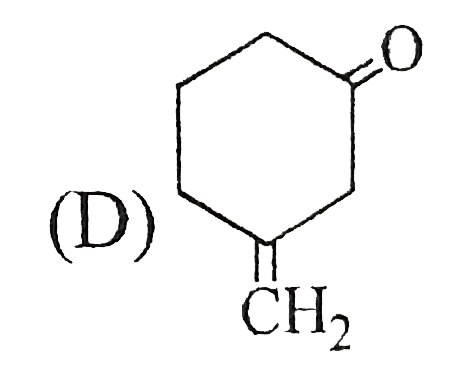
Select the compound having all equivalent bond lengths :
APCl5BBF3CPF5DIF7
Which of the following compounds will have the longest C = C bonds?
View SolutionThe longest C-C bond is present in
View SolutionWhich of the following has longest C–O bond:
View SolutionWhich of the following has the longest C-O bond length? (C-O bond length of CO is 1.128 A)
View SolutionWhich of the following has longest C−O bond length? (Free C−O bond length in CO is 1.128Å).
View Solution
